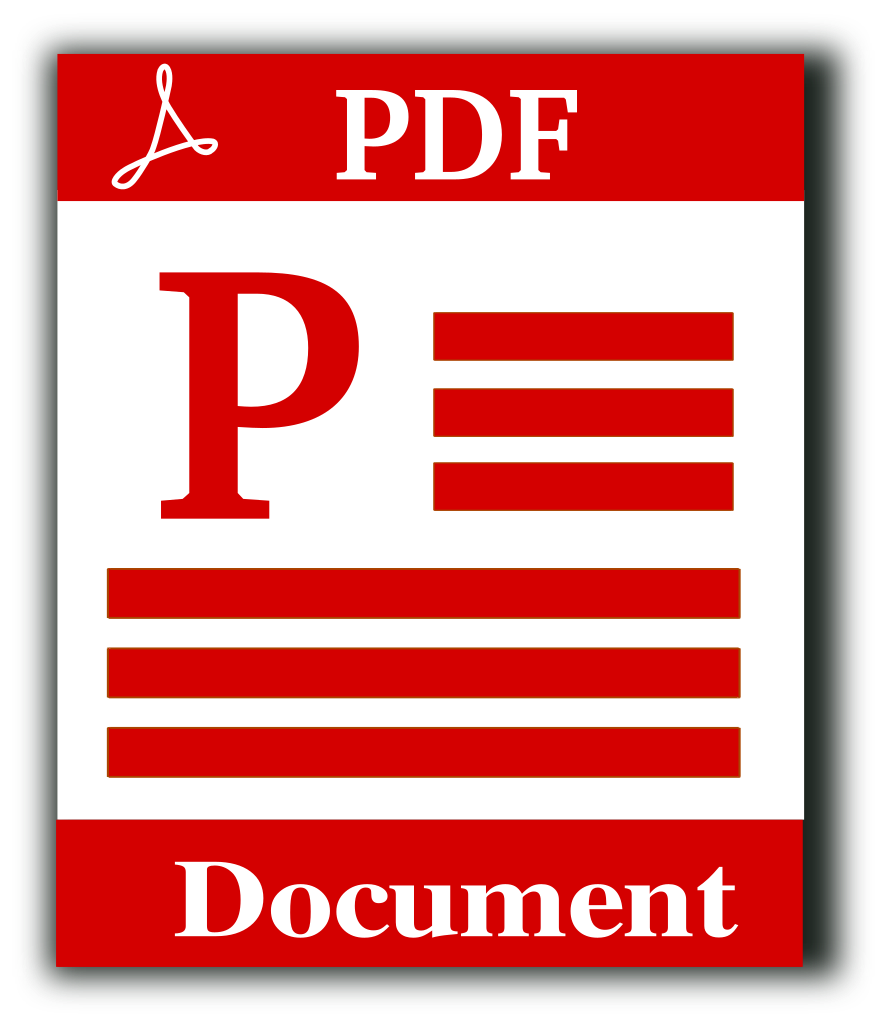PDFs are digital files that contain various sorts of data. Often they include images and text, both of which can either be in raster or vector formats. So a PDF is never really “raster” or “vector” but rather is a container file type that could contain one or more forms for representing items visually.
From the perspective of your eyes, two images that look almost exactly the same can be vector and raster. You can’t always spot the difference quickly. Indeed, a PDF that has both formats side by side can be nearly indistinguishable both on a computer screen and even when printed out on paper. The major difference from the standpoint of PDF users is that a PDF containing vector-based components can be scaled nearly infinitely and maintain graphic integrity. For example, let’s say you have a PDF that contains one word: “Great.” If that PDF contains the text as a vector format, you could print it out filling the side of the Empire State building and it could look clean and sharp. This depends, of course, on the quality and resolution of the printer, but the same thing could be said for a very large computer screen.
But if you tried to do the same thing with a (normal quality) PDF with a raster image then the edges of the lines in the letters would look ragged, torn, or blurry if they were printed on the side of a building. It would be possible to represent “Great” in raster format inside a PDF that would look clean and sharp, but this file would likely be very large (e.g., many hundreds of megabytes). The same file containing “Great” as a vector could be just a few kilobytes of even less.
Color in Vector and Raster PDFs
Raster graphics embed the color within each pixel. Vector graphics have the color data stored in “meta-data.” Imagine a graphic that fades from red to green. The two graphics could look similar, but would have the color data stored separately. For complicated color images, which includes most real photos, a raster graphic will more accurately represent the colors. This will come at a “cost” of image size, but is usually well worth it. If graphics contain only text and simple graphics like bar charts and solid blocks of color, vector formats have not just the advantage of smaller file size, but also can be scaled up to larger sizes well.
The PDF applications at SuperTool can work with both raster and vector PDFs. They read and process in a combination of raster and vector, but most often output in raster format. To keep those lines and images sharp, SuperTool processes in high resolution and creates large files. This way the integrity of data is kept largely intact… unless you want to print on the side of a building! One trick to see if the resolution is significant is to zoom in close on an element and see if the quality is sufficient for your use case.
So, let’s start converting PDF colors to grayscale or black and white. Just upload your PDF, adjust the look and then simply download.
